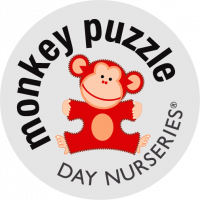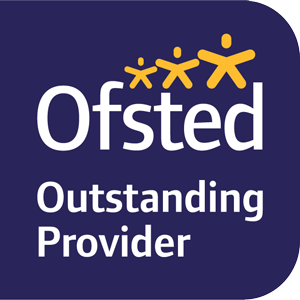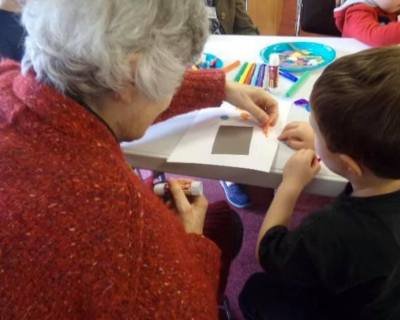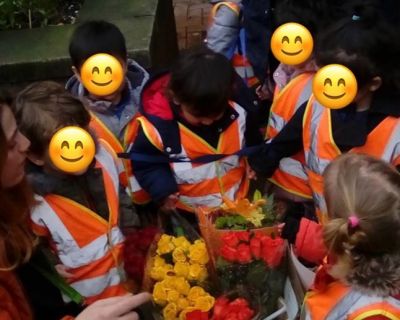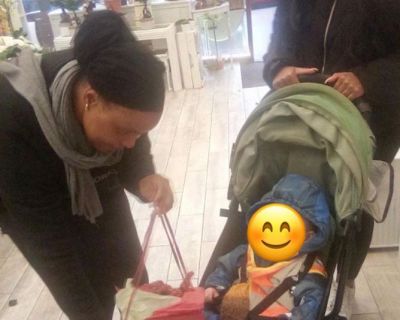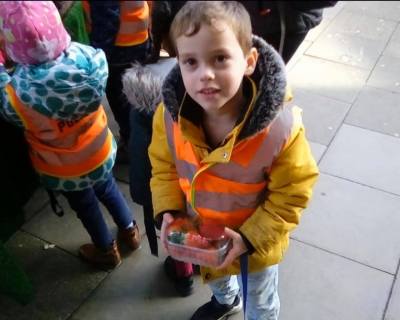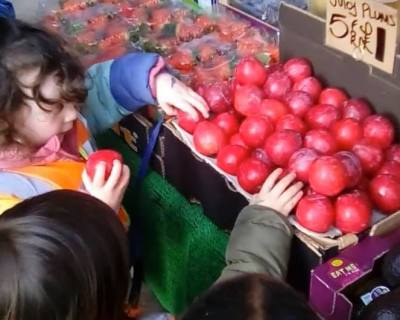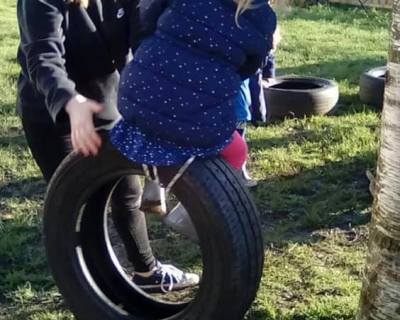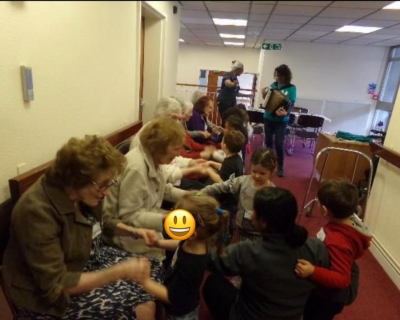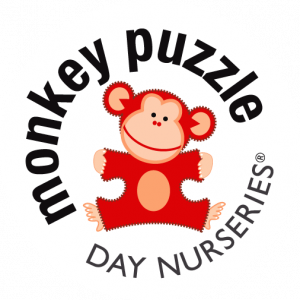From September, educational settings are to be inspected using a revised Education Inspection Framework (EIF). Within this new framework, the term ‘cultural capital’ has been introduced. All settings will now receive a judgement about the quality of education offered, determined by how well the curriculum provides children with cultural capital.
The term is defined as the ‘essential knowledge that children need to prepare them for future success’. Settings have a key responsibility through their teaching and learning intentions to make a difference for all children in order to help them ‘experience the awe and wonder of the world in which they live, through the seven areas of learning’ (Ofsted 2019).
Cultural capital is about widening children’s experiences and offering them opportunities that they would not have if they were not attending our setting. This is nothing new, we are always using the EYFS curriculum to enhance and extend opportunities available for children, for example, encouraging them to experience the awe and wonder of the natural world in which we live. We also tend to try and help to motivate and interest children by starting with real-life, first-hand activities and experiences. For example, we might take the children to the library or walk them to the post office to post a letter or allow them to climb a tree in the park. So this is not necessarily about doing anything differently or in addition to what we already do, it is more about acknowledging what we currently do in the light of cultural capital. We cannot make assumptions about what children know or their past experiences, but we can start with the individual child. We talk to them and their family and gather information as a starting point. We then use this knowledge and take it into account when we plan effectively for our future provision.
Take a look at our photos to see how much learning and fun has been had.
